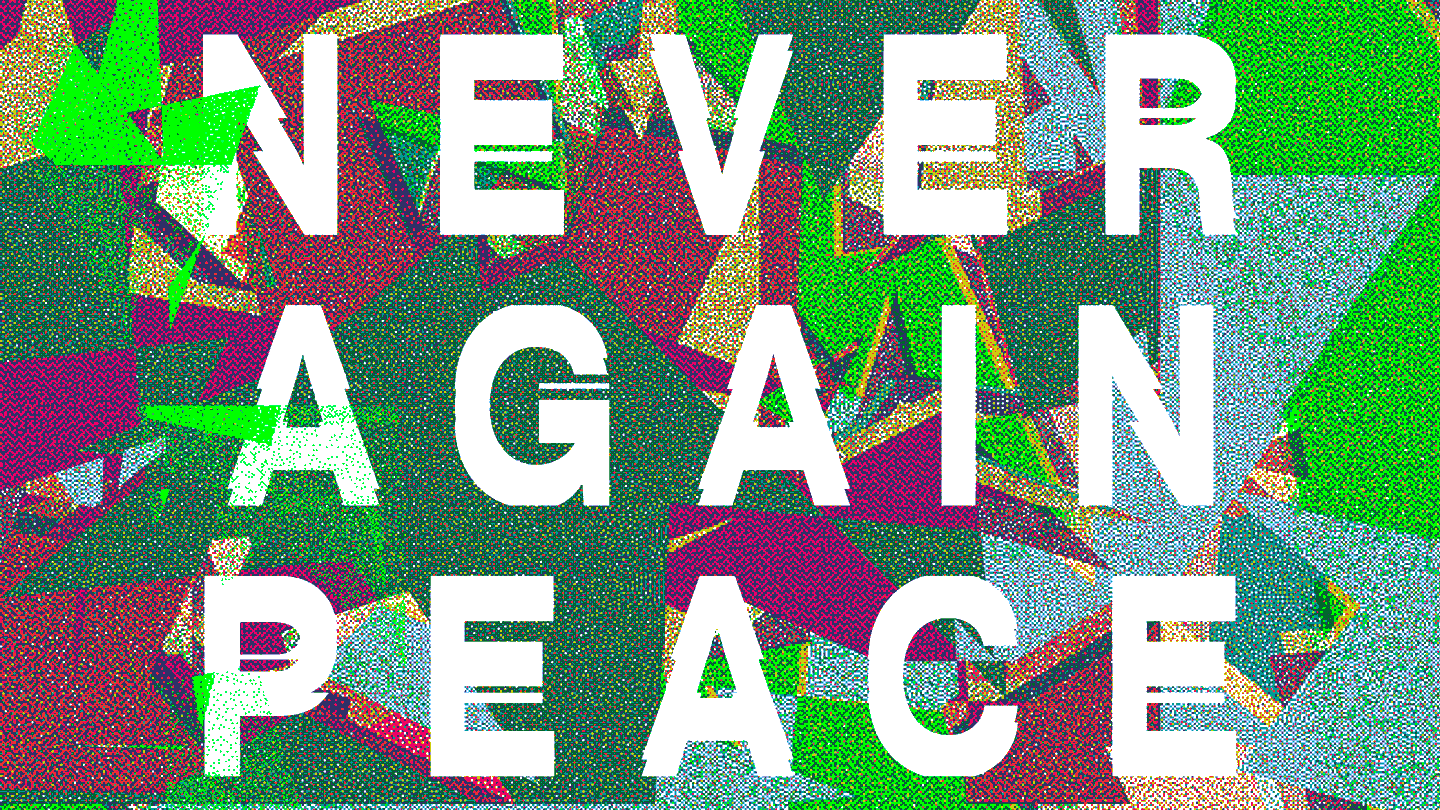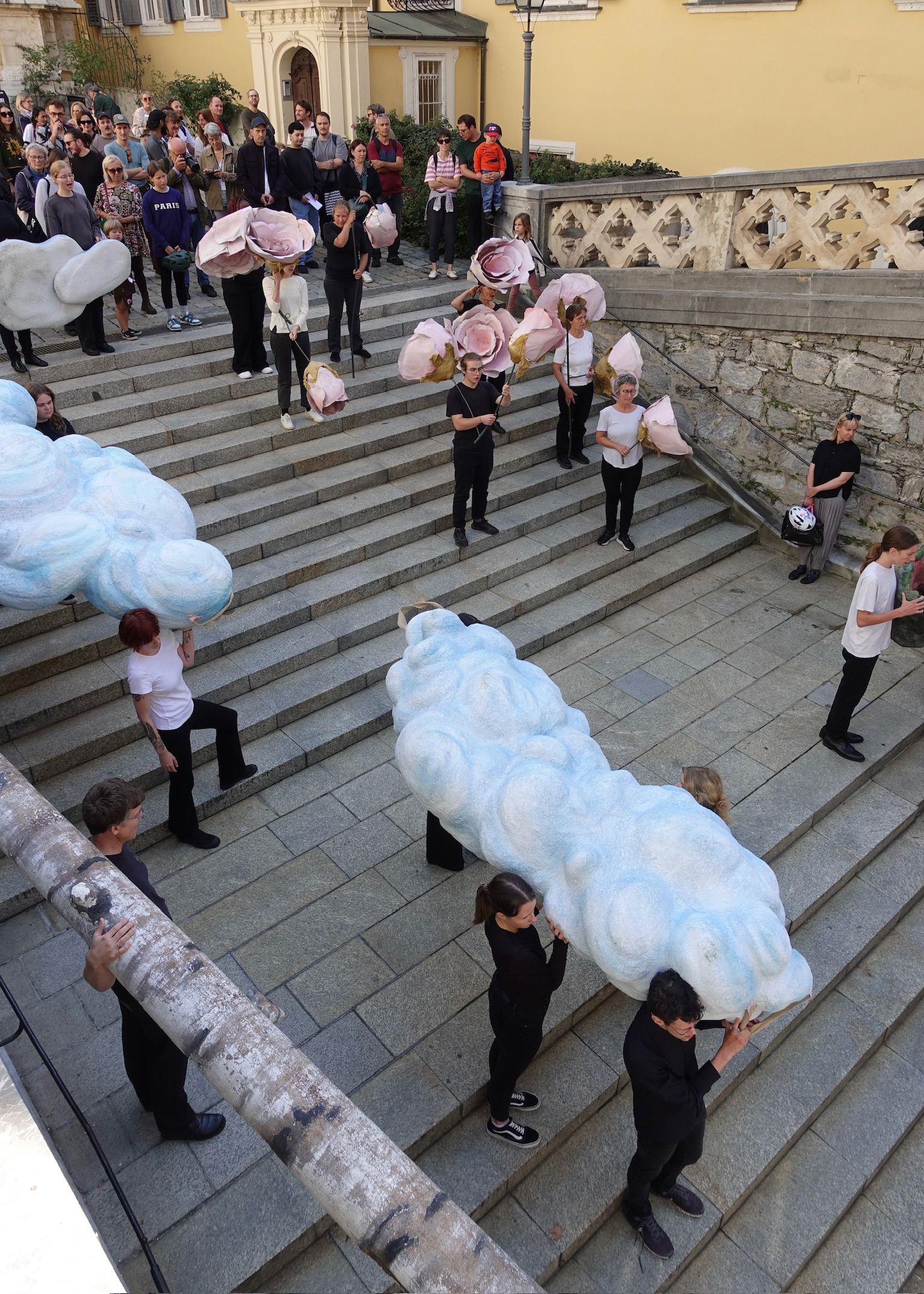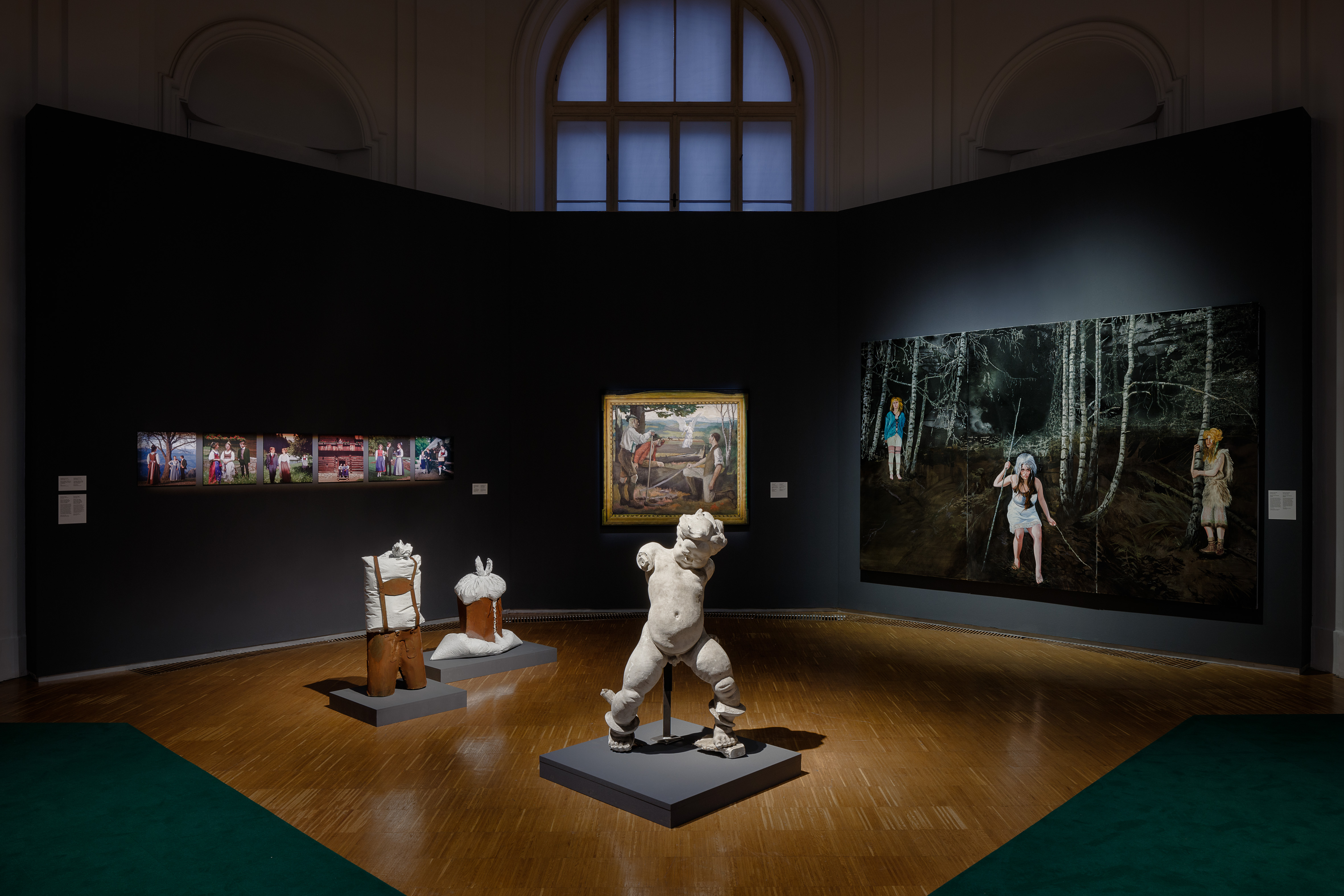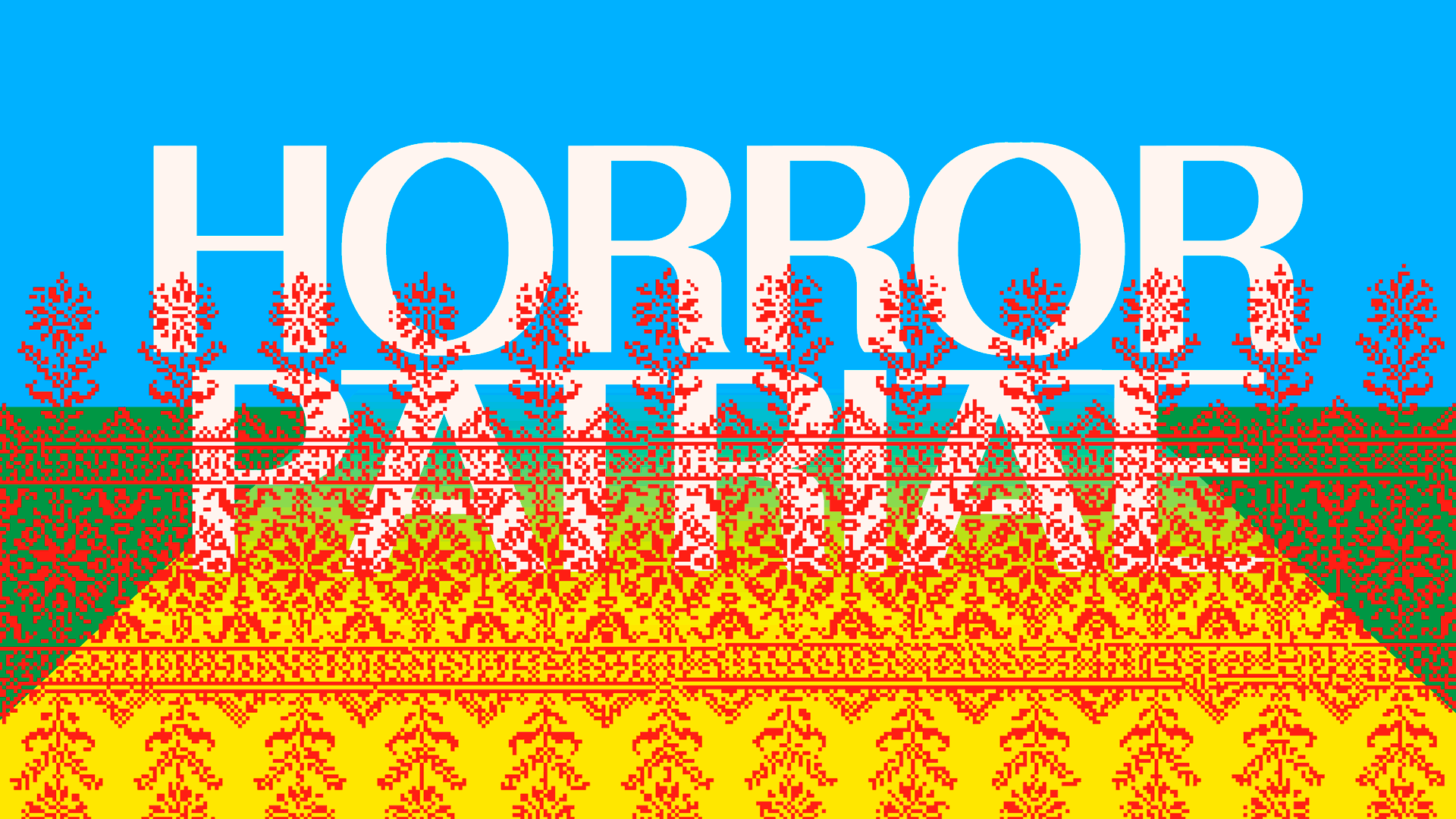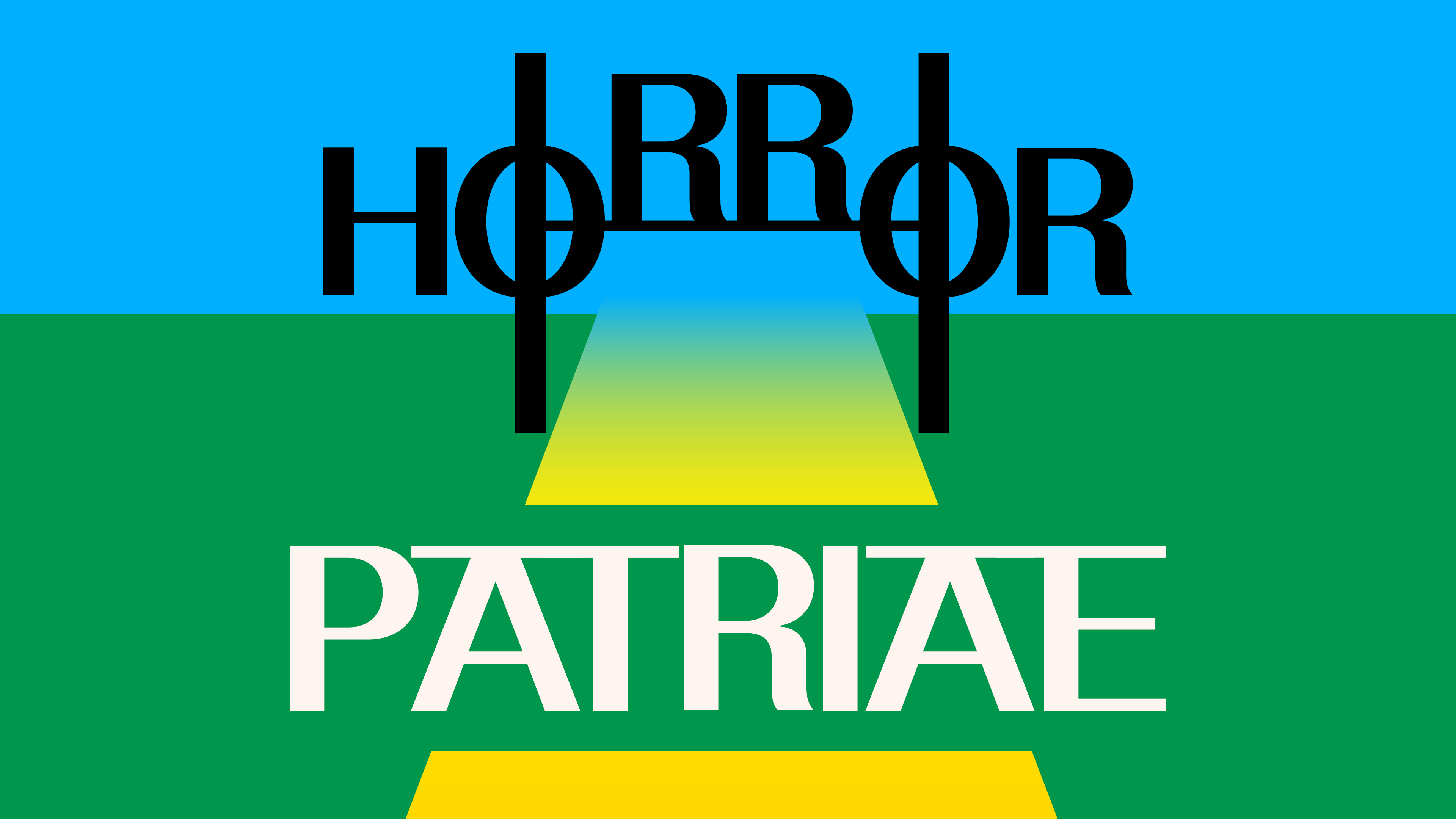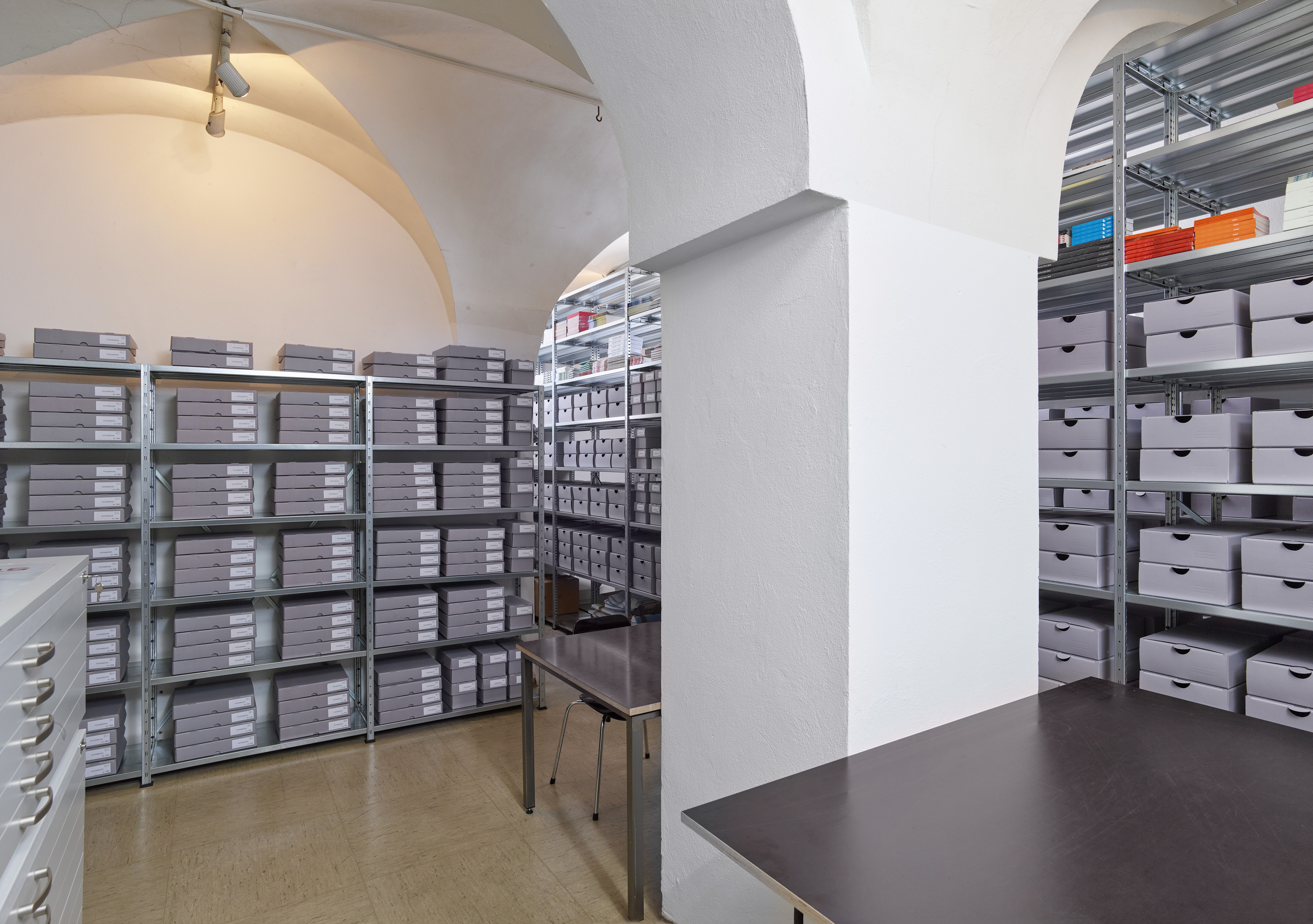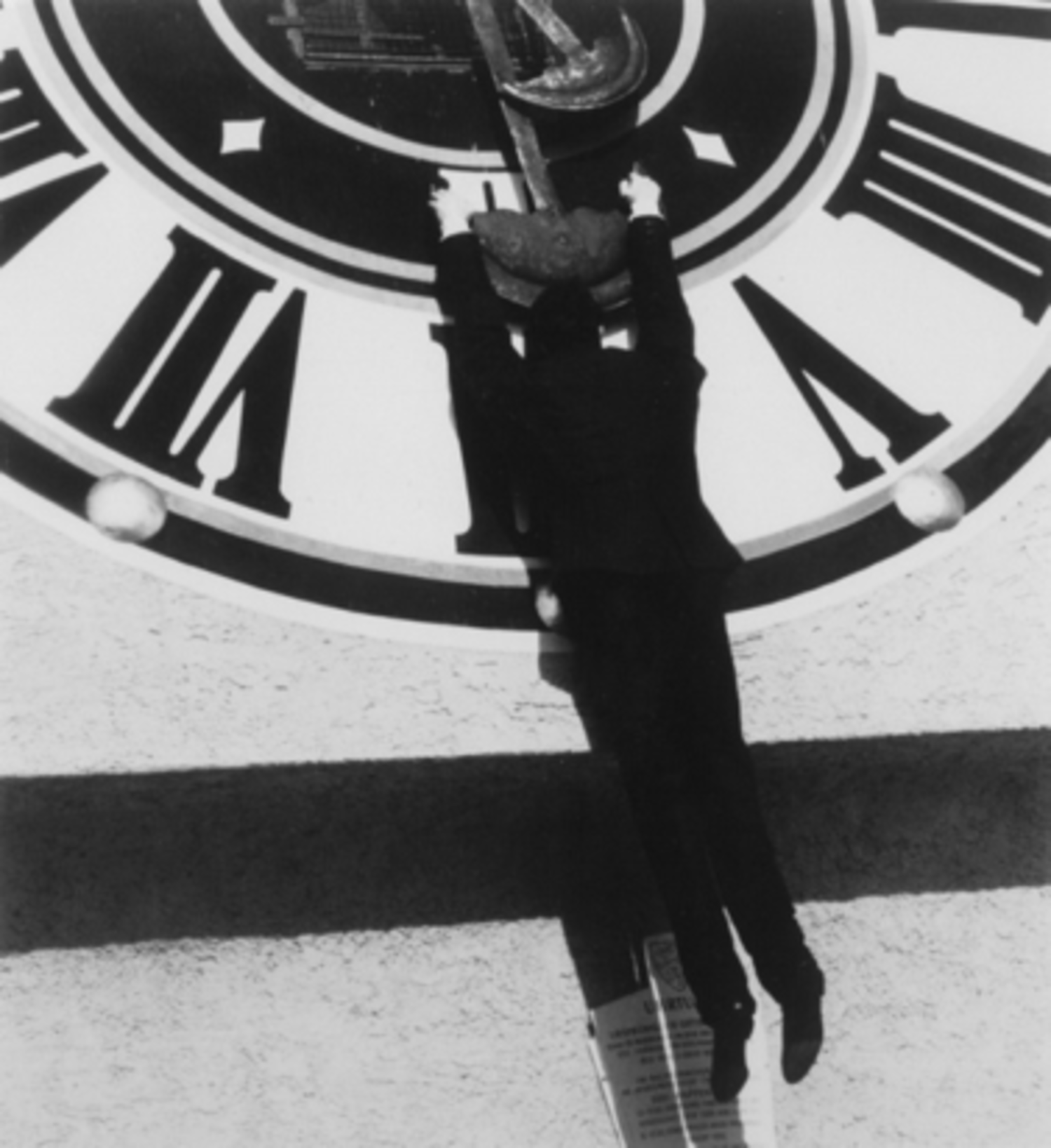Forms of Distancing
Representative Politics and the Politics of Representation
September 27–November 23, 2014
steirischer herbst festival centre
Palais Wildenstein
Paulustorgasse 8
8010 Graz
Austria
The exhibition Forms of Distancing. Representative Politics and the Politics of Representation focuses on the concept of distancing by exploring from an oblique angle the main theme of the steirischer herbst festival, “I prefer not to…share.” While at first sight the action of distancing recalled by the exhibition title seems to imply a tendency to exclude and become withdrawn into one’s own interests and privileges, the exhibition understands this movement in a more fruitful way.
Through the presentation of works of art—mainly commissioned—by 15 international artists, Forms of Distancing. Representative Politics and the Politics of Representation intends to examine how the notion of “distancing” entails an intense investment in one’s own interests that can result in the apparent paradox of being more committed to processes of inclusion and openness towards other subjects.
The artists explore numerous examples and possibilities of this approach. For example: the tension between societies, communities and individuals; Islamic traditions and laws that could provide new tools for addressing issues such as the effectiveness of the freedom of speech or of representation itself; the questioning and the subversion of the narratives embedded in cultural institutions as much as in mainstream mass media; and the real and psychological effects of gentrification. The exhibition, by questioning the rhetoric of the politics of sharing and representation, highlights their potential, limitations and darker sides.
Participating artists: Lawrence Abu Hamdan, Jesse Ash, Maria Héléne Bertino & Alessandro Gagliardo, Patricia L Boyd, Robert Breer, Francis Cape, LaToya Ruby Frazier, Peter Friedl, Rana Hamadeh, Maryam Jafri, Runo Lagomarsino, Adrian Melis, Mai-Thu Perret, Pratchaya Phinthong, Carla Zaccagnini
Curated by Stefano Collicelli Cagol & Luigi Fassi
The catalogue Forms of Distancing (Mousse Publishing) comprises information on the presented works of art, an original text by Columbia University Professor in Political Theory, Nadia Urbinati and the re-publication of a 1977 text by the late exhibition-maker Harald Szeemann, written on the occasion of the tenth anniversary of steirischer herbst festival.
With the leitmotif “I prefer not to … share!,” this year’s steirischer herbst festival sets out to examine the notion of “sharing” as the imperative of our age. The complete programme of the festival—further exhibitions, created in co-operation with partner institutions, performances, workshops, lectures et al.—can be found on www.steirischerherbst.at.
Further herbst exhibitions:
Pavelhaus / Pavlova hiša (Laafeld)
Heidrun Holzfeind: Never Neverland
September 28–October 27
The works of the Austrian artist Heidrun Holzfeind focus on the relationship between individual life stories and political realities. In her documentary projects, in which she blurs the boundaries between video and documentary film, the focus is on portraits of people on the fringes of society. For the exhibition commissioned by steirischer herbst, Holzfeind has studied everyday life in the Austrian-Slovenian border region around Bad Radkersburg. In her cinematic exploration project she deals with deserted spaces, with vacant building complexes, linking them with the fates of people who lived and worked in them at different times.
Zollamt (Bad Radkersburg)
Tobias Putrih: Routine Inspection
September 28–November 23
The Zollamt (customs house) in Bad Radkersburg was for many decades a frontier post. Today it is a venue for art: the Austrian-Slovenian border however, still exists in people’s minds. Tobias Putrih, one of the most well-known Slovenian artists of his generation, has set out in search of a place where you can still see the borders between Austria and Slovenia, although they have officially ceased to exist. He found this place in the prehistoric cave Potocka Zijalka, in the Karawanks mountain range that separates Central Europe from the Balkan Peninsula. Routine Inspection is a site-specific installation that transfers the cave at Potočka Zijalka as an artificial space into the Zollamt—where it is explored and filled with artefacts, and its identity examined.

